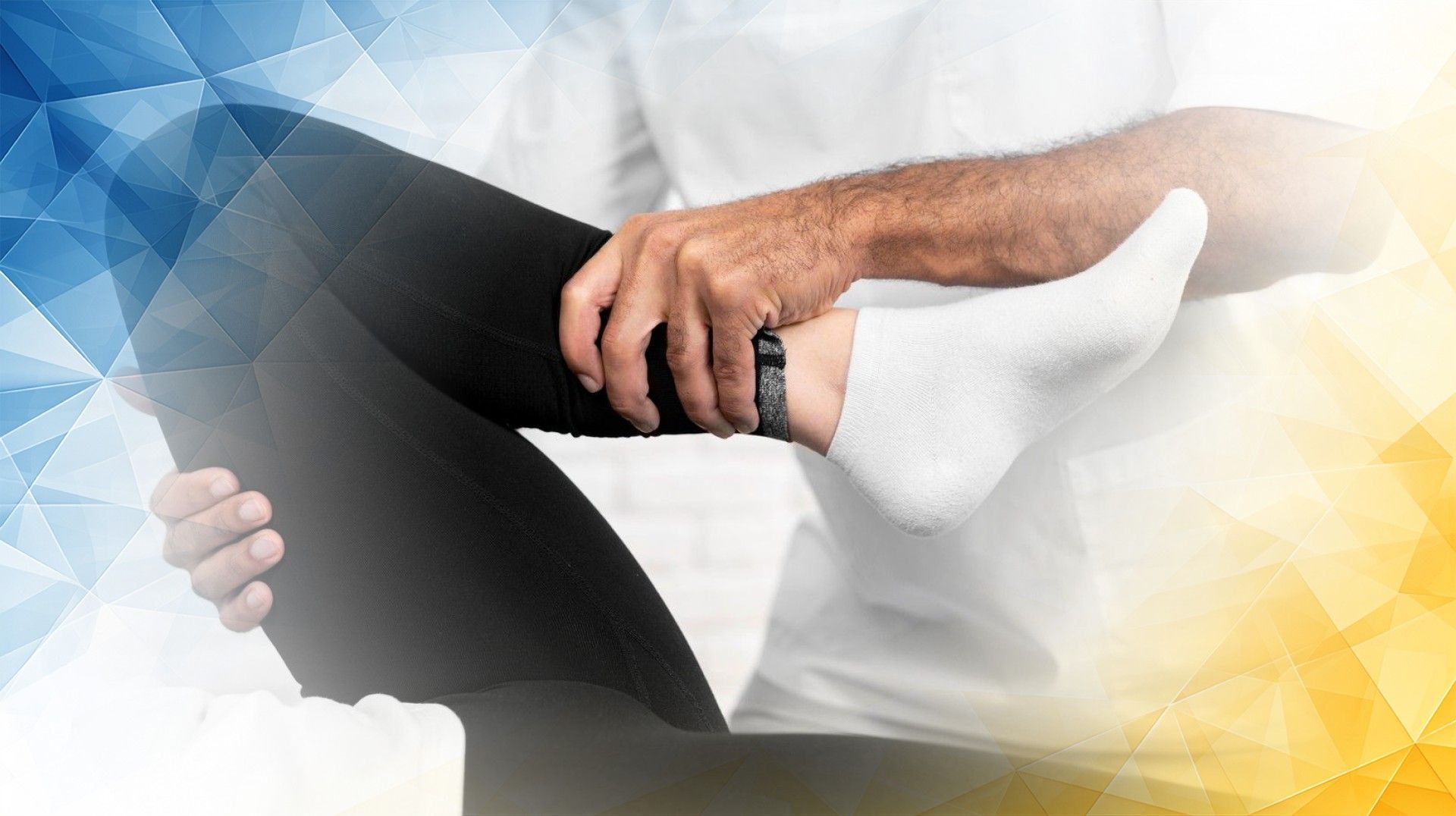



Medial knee pain —the discomfort on the inner side of your knee, especially noticeable when you bend or straighten your leg—is a common issue that can affect anyone from athletes to everyday movers. This pain can make simple activities like walking, squatting, or climbing stairs feel daunting and disruptive. For effective treatment , it’s essential to understand what’s happening inside your knee , how healthcare providers determine the root cause, and the latest treatment options. In this article, we’ll break down the biomechanics behind medial knee pain during flexion, walk you through the diagnostic process, and highlight the most effective treatments according to current research and clinical practice.
Your knee is a sophisticated joint made up of bones, ligaments (tough bands that connect bones), cartilage (the smooth cushion that keeps bones from grinding), and tendons (which link muscles to bones). On the inner side—the medial side—key structures include the medial collateral ligament (MCL), the medial meniscus, and the medial plica. Think of the MCL as a strong band that keeps your knee stable , limiting unnecessary inward movement.
When you bend your knee, these structures naturally adjust in length and tension, shifting to keep the joint stable under different pressures. The MCL, for example, stretches to help prevent too much motion. Advanced research, using imaging and motion analysis, shows these mechanics are crucial for normal movement . But if any of these tissues are strained, injured, or overloaded, it can trigger pain on the inside of the knee when you flex. Understanding these dynamics is key to both diagnosing and treating medial knee pain .
Medial knee pain during bending can be hard to pinpoint because its symptoms often mimic other knee issues, like meniscus injuries or problems with the kneecap . That’s why healthcare providers use a mix of your medical history, hands-on examination, and targeted tests to find the real problem.
One well-known evaluation is the valgus stress test, where your doctor gently presses the knee inward to check the strength and stability of the MCL. This test is performed both with the knee straight and slightly bent, since some injuries only reveal themselves in certain positions—similar to finding a weak spot in a rope by pulling it from different angles. Studies confirm testing the knee in multiple positions provides a more complete assessment of its stability.
Recent clinical research also points to an important insight for anyone with prior knee surgery (such as total knee replacement): too much flexibility, or “laxity,” on the medial side during knee flexion can create a sense of instability. Recognizing and measuring this can help clinicians fine-tune both diagnosis and treatment.
Most people with medial knee pain start with non-surgical options. Physical therapy is often the first line of treatment, with customized exercises aimed at strengthening the muscles that support your knee, improving stability, and reducing pain. These specific “medial knee pain exercises” target the right areas to help ease discomfort during movement and daily activities.
When physical therapy alone isn’t enough, other treatments may be considered. Injections can help calm swelling and pain, making it easier to keep up with your rehab. For persistent or severe cases, surgery may be necessary. Modern surgical solutions such as medial pivot knee implants are designed to match the knee’s natural movement more closely, helping restore function and comfort.
Research shows that getting the right balance and tightness in the ligaments—especially on the medial side—during surgery plays a major role in the long-term success of knee replacements . Achieving optimal stability means patients are less likely to feel their knee is unstable or wobbly after surgery. Ultimately, a combined approach—starting with exercise and rehab, progressing to medical or surgical treatments if needed—gives you the best chance to relieve pain and return to your normal activities.
Medial knee pain with flexion can have many causes, but with a solid understanding of knee mechanics and an accurate diagnosis, targeted treatments are entirely possible. Whether your solution is a thoughtful exercise program, supportive interventions like injections, or advanced surgical care, today’s approaches are more personalized and effective than ever.
As knee research continues to evolve, treatments will only get better. By partnering with knowledgeable healthcare professionals, you can look forward to moving comfortably and confidently again.
All our treatments are selected to help patients achieve the best possible outcomes and return to the quality of life they deserve. Get in touch if you have any questions.
At London Cartilage Clinic, we are constantly staying up-to-date on the latest treatment options for knee injuries and ongoing knee health issues. As a result, our patients have access to the best equipment, techniques, and expertise in the field, whether it’s for cartilage repair, regeneration, or replacement.
For the best in patient care and cartilage knowledge, contact London Cartilage Clinic today.
At London Cartilage Clinic, our team has spent years gaining an in-depth understanding of human biology and the skills necessary to provide a wide range of cartilage treatments. It’s our mission to administer comprehensive care through innovative solutions targeted at key areas, including cartilage injuries. During an initial consultation, one of our medical professionals will establish which path forward is best for you.
Contact us if you have any questions about the various treatment methods on offer.
Legal & Medical Disclaimer
This article is written by an independent contributor and reflects their own views and experience, not necessarily those of londoncartilage.com. It is provided for general information and education only and does not constitute medical advice, diagnosis, or treatment.
Always seek personalised advice from a qualified healthcare professional before making decisions about your health. londoncartilage.com accepts no responsibility for errors, omissions, third-party content, or any loss, damage, or injury arising from reliance on this material. If you believe this article contains inaccurate or infringing content, please contact us at [email protected].